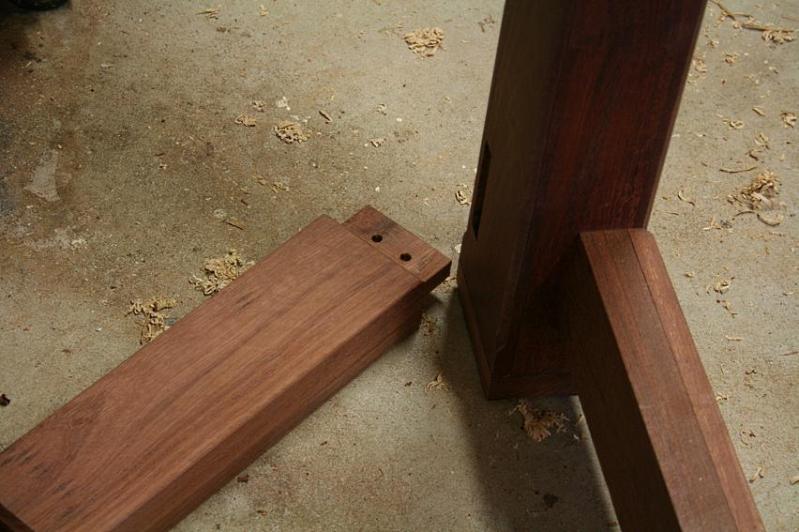Harold,
Is the bench you are building is exactly that in your first photo?
Draw-bored is offset then worked together with a dowel that has a tapered start. 'Pinned' generally means that the piece was clamped tight, glued up, then dowelled.
Draw-Boring relies on the dowels, specifically, to hold the joint together.
Generally speaking, When something is 'pinned' the pins are usually the back-up plan, meaning they are there incase the glue fails. Though, as some have mentioned, they use pinned joints in situations where they want to be able to take apart the joint with ease.
Last edited by Brian Holcombe; 07-31-2014 at 8:09 AM.
Bumbling forward into the unknown.






 Reply With Quote
Reply With Quote
 I bought the small set as Prashun recommends and I still have some left; so it doesn't take very much. I also drawbored them just to make sure.
I bought the small set as Prashun recommends and I still have some left; so it doesn't take very much. I also drawbored them just to make sure.





 . I would not glue the top to the legs.
. I would not glue the top to the legs.


